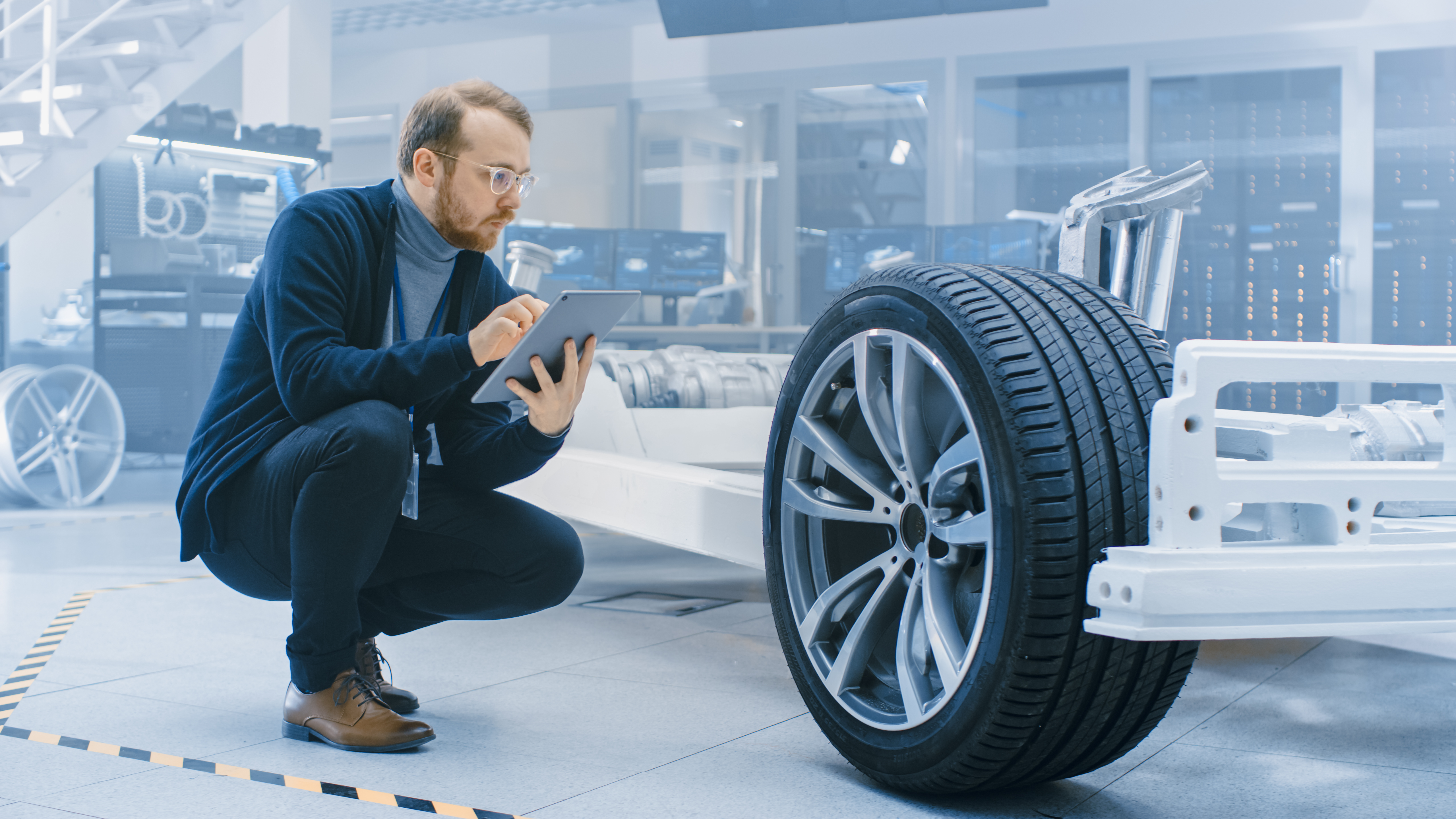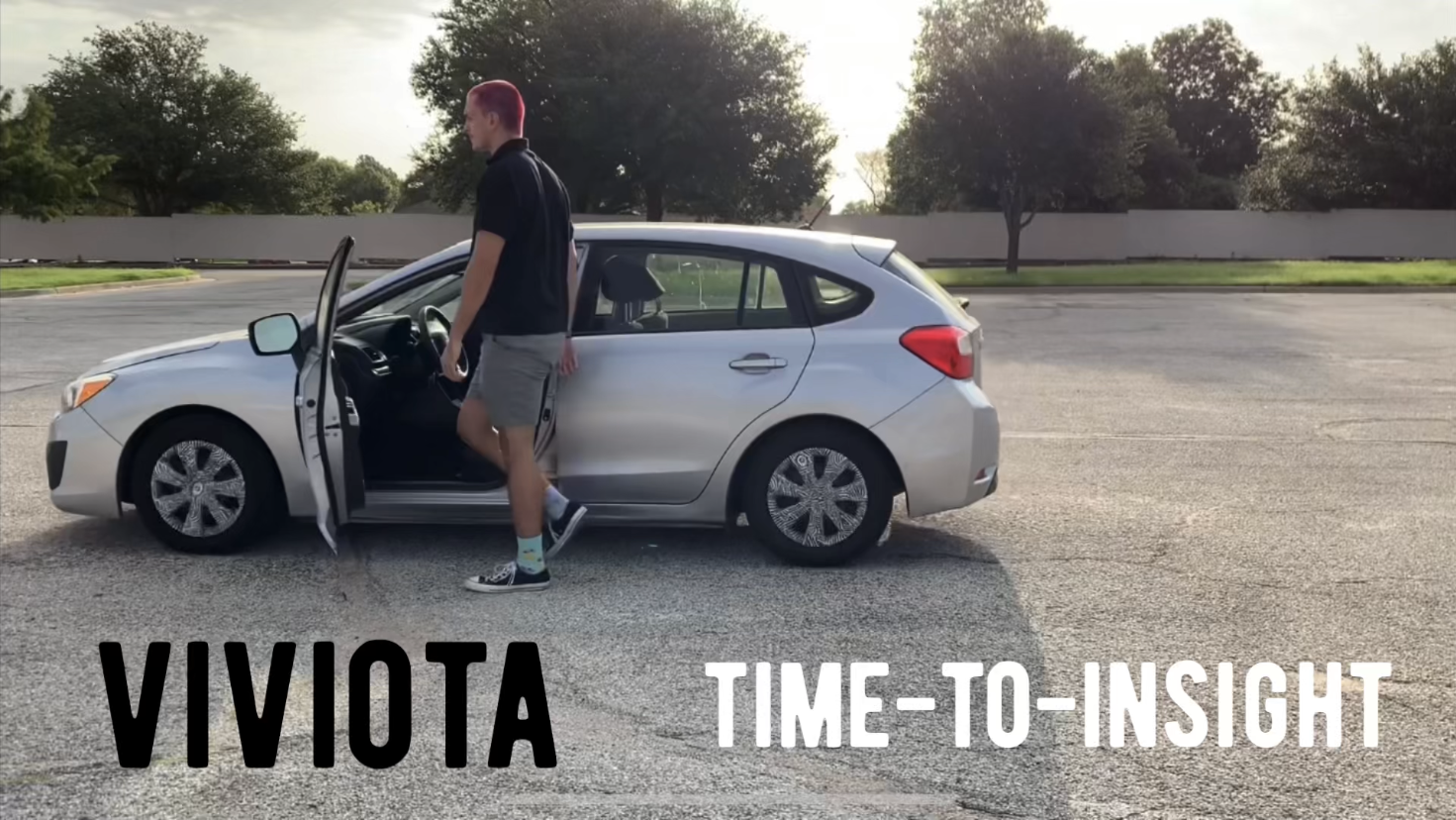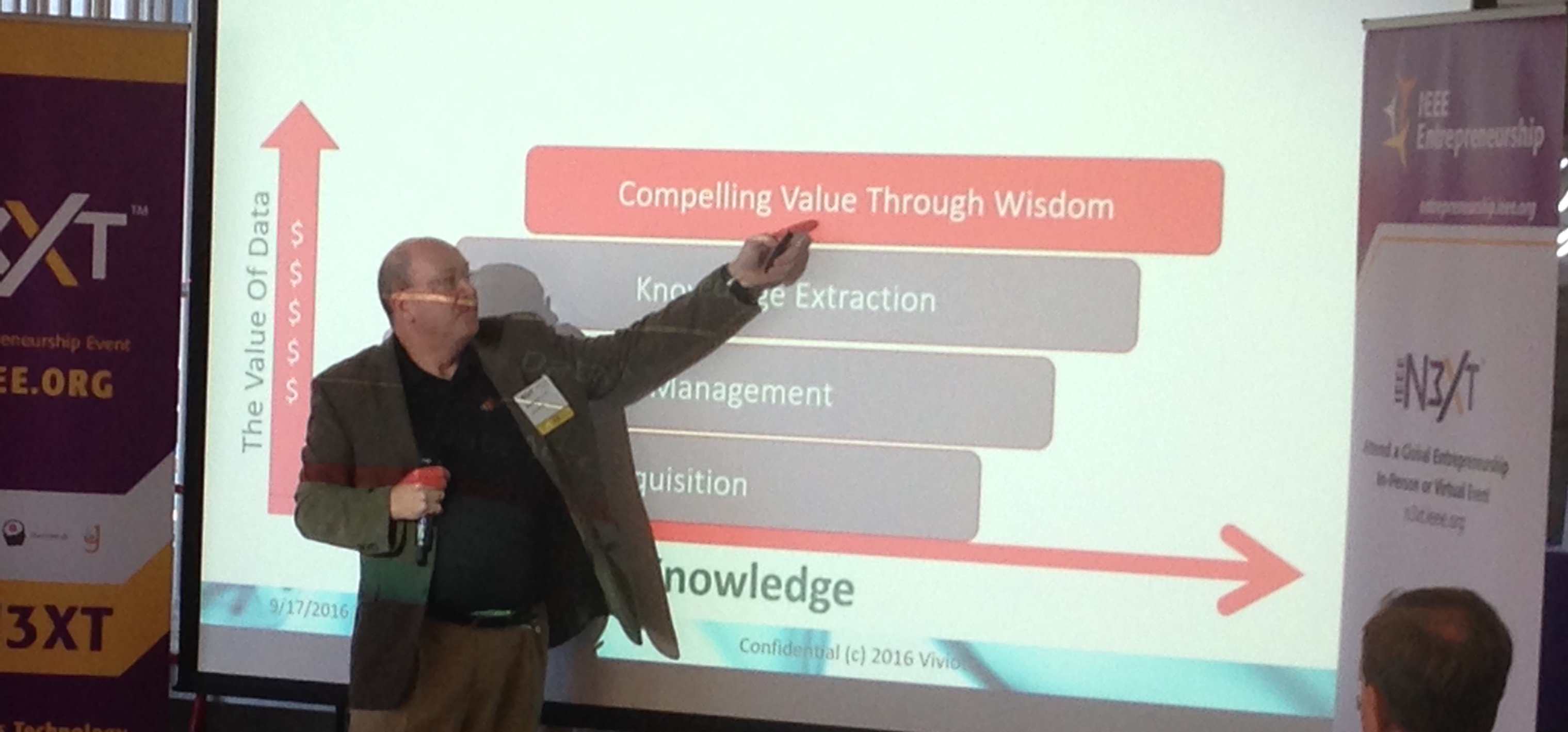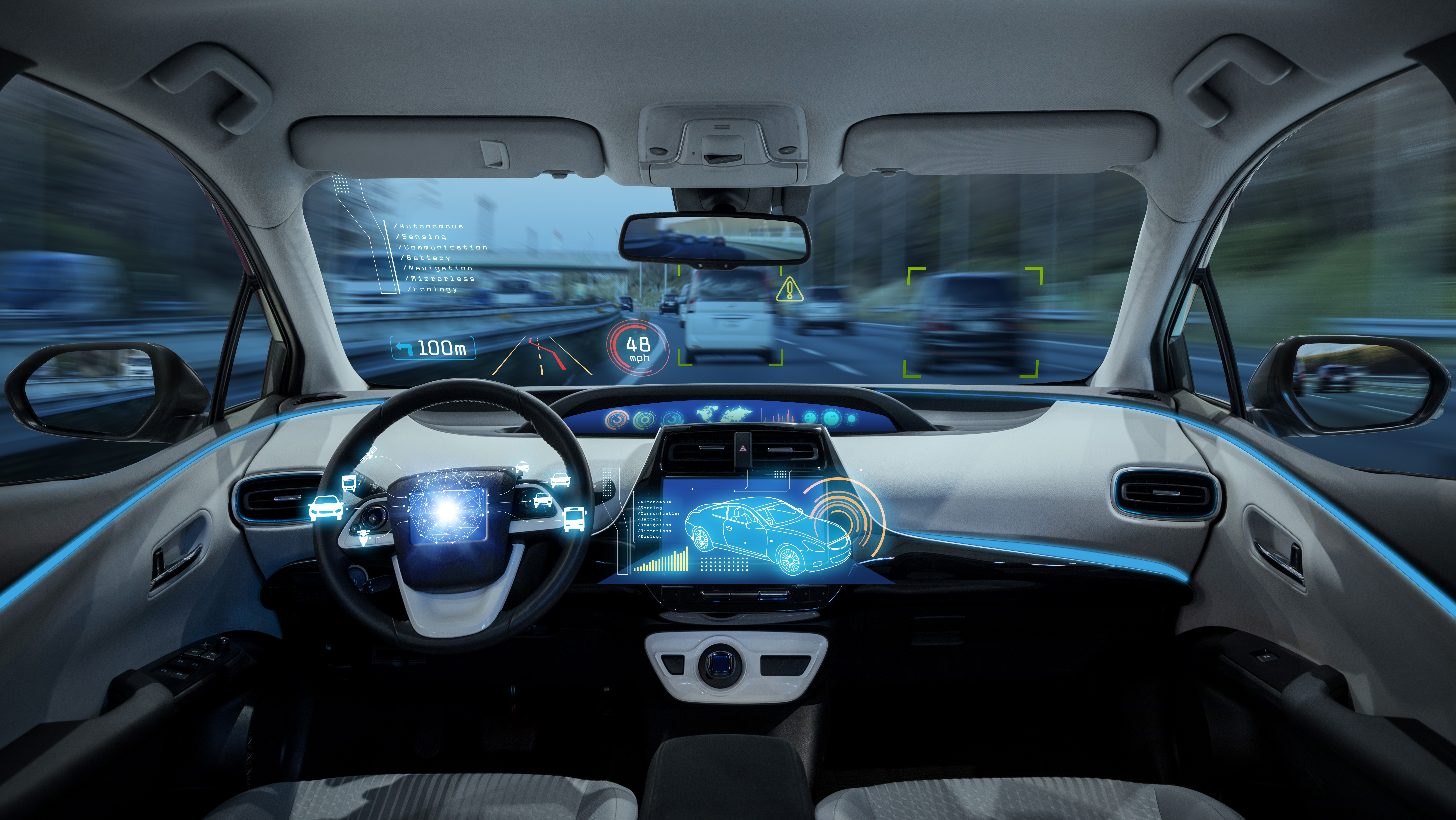Engineering teams possess an underutilized goldmine in today’s fast-paced industrial landscape: their data. From sensor readings and vibration logs to video, sound, and test metadata, engineering data holds critical insights that can accelerate innovation, reduce costs, and safeguard operations against failure. Yet, a significant portion of engineering time is wasted merely searching for, organizing and wrangling data to make it usable.
Stop Losing Time: How Engineering Data Can Save Millions
Topics: Engineering Data, Big Data, Analytics, Viviota, IIoT, automotive industry, Autonomous Vehicles, Sensor Data, Machine Learning, aerospace, Analog Data, Sensor Data Management, data cleansing, simulation, Edge Computing, Manufacturing, Intelligent Data handling, Build Back Better Act, EV, Digital transformation
The 5 Things Engineering Teams Should Be Doing Right Now to Utilize AI & ML Technologies
Listen to our blog:
According to a recent survey, 47% of companies today consider AI/ML as a top priority in 2024. Yet, according to Harvard Business Review “cross-industry studies show, on average, less than half of an organization's structured data is actively used in making decisions—and less than 1% of its unstructured data is analyzed or even used at all.” 1
This statistic should concern R&D or Engineering decision-makers. Companies are drowning in data, and very few companies can leverage their data because they are stuck trying to find, access, and connect various data sources. So first ask yourself these three questions:
Topics: Analytics, simulation, Intelligent Data handling, Digital transformation
The 5 Things Engineering Teams Should Be Doing Right Now to Utilize AI & ML Technologies
According to a recent survey, 47% of companies today consider AI/ML as a top priority in 2024. Yet, according to Harvard Business Review “cross-industry studies show, on average, less than half of an organization's structured data is actively used in making decisions—and less than 1% of its unstructured data is analyzed or even used at all.” 1
This statistic should concern R&D or Engineering decision-makers. Companies are drowning in data, and very few companies can leverage their data because they are stuck trying to find, access, and connect various data sources. So first ask yourself these three questions:
Topics: Analytics, simulation, Intelligent Data handling, Digital transformation
Is Machine Learning a Battery Test Engineer's New Best Friend?
Existing testing approaches are time consuming taking several months to run 1000s of tests on 100s of samples. The tests are destructive meaning the batteries tested are not usable when testing is complete. Data collected from testing is only valid for the batch of batteries testes (i.e., they are tied to battery chemistry). As battery consumption increases, the length of time to test batteries becomes critical. If supplies are depleted before testing is completed, the testing results are worthless.
Topics: Analytics, Electric Cars, EV
Ghostwalk Your Automotive Data - Making Sense of Sensor Data
Topics: Engineering Data, Analytics, Autonomous Vehicles, Sensor Data, Analog Data, data cleansing, Edge Computing, Intelligent Data handling
Customers turn to Viviota and to NI technology to better measure and analyze machine data from sensors. It turns out, sensor data does not always work well with traditional IT software, and there is a gap of software tools for this purpose.
Topics: Engineering Data, Big Data, Analytics, IIoT
Justin Young presents at NI's Global LabVIEW Architect Summit
Viviota's Senior Architect, Dr. Justin Young, presented this week at the National Instruments (NI) summit for LabVIEW architects. This annual event brings together top LabVIEW development talent from around the world to share information and exchange ideas to help build best-of-breed LabVIEW applications for the engineering world. Dr. Young's talk: Migrating a mature application and plugin infrastructure to an architecture based on PPLs covered the following...
Product Verification Accelerating Innovation - Webinar
There’s a rumble in the Automotive Industry. A survey of automotive industries stakeholders, conducted by Jabil, showed that automotive companies are shortening product development timelines to meet new market requirements. The automotive industry has undergone a number of industry-shifting developments over the past several years. The introduction of electric vehicles and the continued development of ADAS technologies are leading these transformations. We’ve seen new challengers in the automotive industry popping up, and rapid innovation within leading automotive companies.
Topics: Analytics, automotive industry, ADAS, Hybrid Cars, Electric Cars, simulation, webinar
Sneak Peek at NIWeek Sessions: Big Daddy of Big Data & Saving Millions of $ Managing Sensor Data
National Instruments will be hosting their annual customer conference and partner showcase, NIWeek 2019, this year from May 20-23 at the Austin Convention Center. NIWeek draws engineers from across the transportation, aerospace, medical device industries and many others. There are also a fair number of members of the academic community rounding out the crowd. It is a hub of activity for Viviota customers and partners and a busy time for our team. We were delighted to find out in January that Viviota will be presenting two of the conference technical sessions:
Topics: Engineering Data, Big Data, Analytics, Sensor Data, NIWeek







